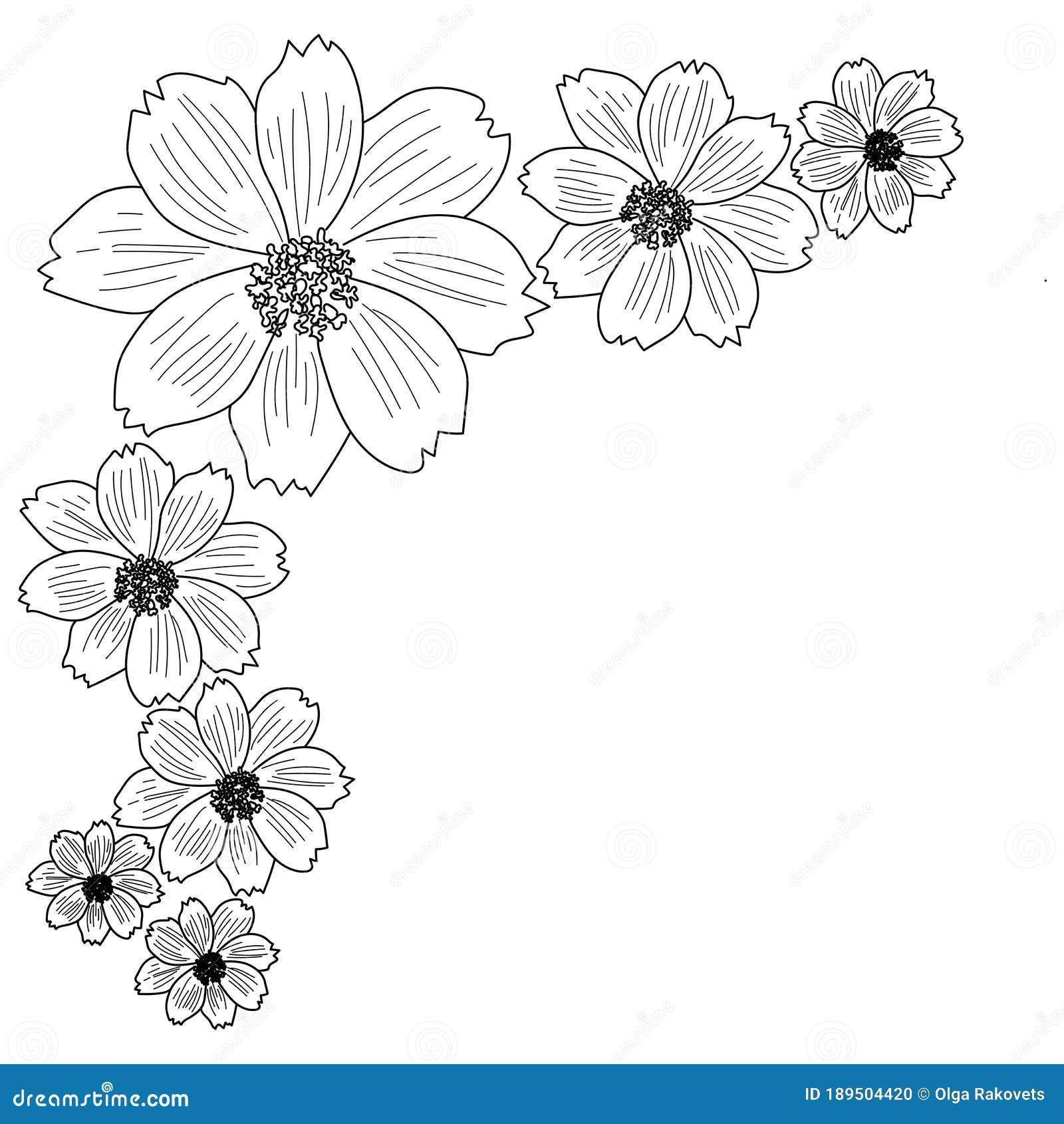Designing a coloring page can be a fun and creative process. Start by choosing a theme or concept, such as animals, nature, or abstract patterns. Use clear, bold outlines to define shapes, ensuring they’re easy to color. Keep the design balanced and engaging by adding varying levels of detail. Incorporate both simple and intricate elements to appeal to different skill levels. Finally, save your design in a high-quality format for printing.
Designing a coloring page is a fun and creative process that allows you to unleash your artistic skills while providing a relaxing activity for others. Whether you’re designing for children or adults, the key is to create engaging, clear, and simple line drawings that are both visually appealing and easy to color. Start by choosing a theme that sparks creativity—nature, animals, or abstract designs are always popular options. Use bold, thick lines for the outlines to ensure the designs are easy to color within. Avoid overly complicated details to maintain a clean look and make it more accessible.
Coloring is more than just a pastime—it’s a therapeutic activity with numerous benefits. It helps reduce stress, enhance focus, and improve hand-eye coordination. For adults, it can also serve as a mindfulness practice, providing a calming escape from daily pressures. For kids, coloring promotes creativity, fine motor skills, and concentration. A well-designed coloring page can offer an enjoyable and rewarding experience, making it a wonderful tool for relaxation and skill development. Whether you’re designing for a coloring book or a standalone printable, the goal is to make it fun, engaging, and stress-free.
Designing a coloring page is a fun and creative process that allows you to tap into your artistic abilities while providing others with an enjoyable and relaxing activity. Whether you’re creating a coloring page for kids, adults, or a specific theme, the goal is to create a visually appealing design that encourages creativity and engagement.
When designing, start with a clear concept and focus on simple yet detailed line work to guide the colorer’s creativity. Incorporating various elements like nature, animals, or abstract shapes can keep the design interesting and versatile. It’s also important to consider the intended audience—ensure that the complexity of the design matches their skill level, whether it’s for young children or adults looking for a mindful, stress-relieving activity.
Coloring offers numerous benefits, including stress reduction, enhancing concentration, and improving fine motor skills. It’s a great way to promote mindfulness and provide a sense of accomplishment upon completion. Additionally, coloring helps individuals express their creativity in a fun and therapeutic way.
By following these design tips, you can create coloring pages that are both captivating and beneficial to users, making them an excellent addition to any creative project or educational tool.
Also check out these free coloring pages for creative, relaxing fun today!:
Coloring pages designs for kids.
Or explore
Swirly designs coloring page.

